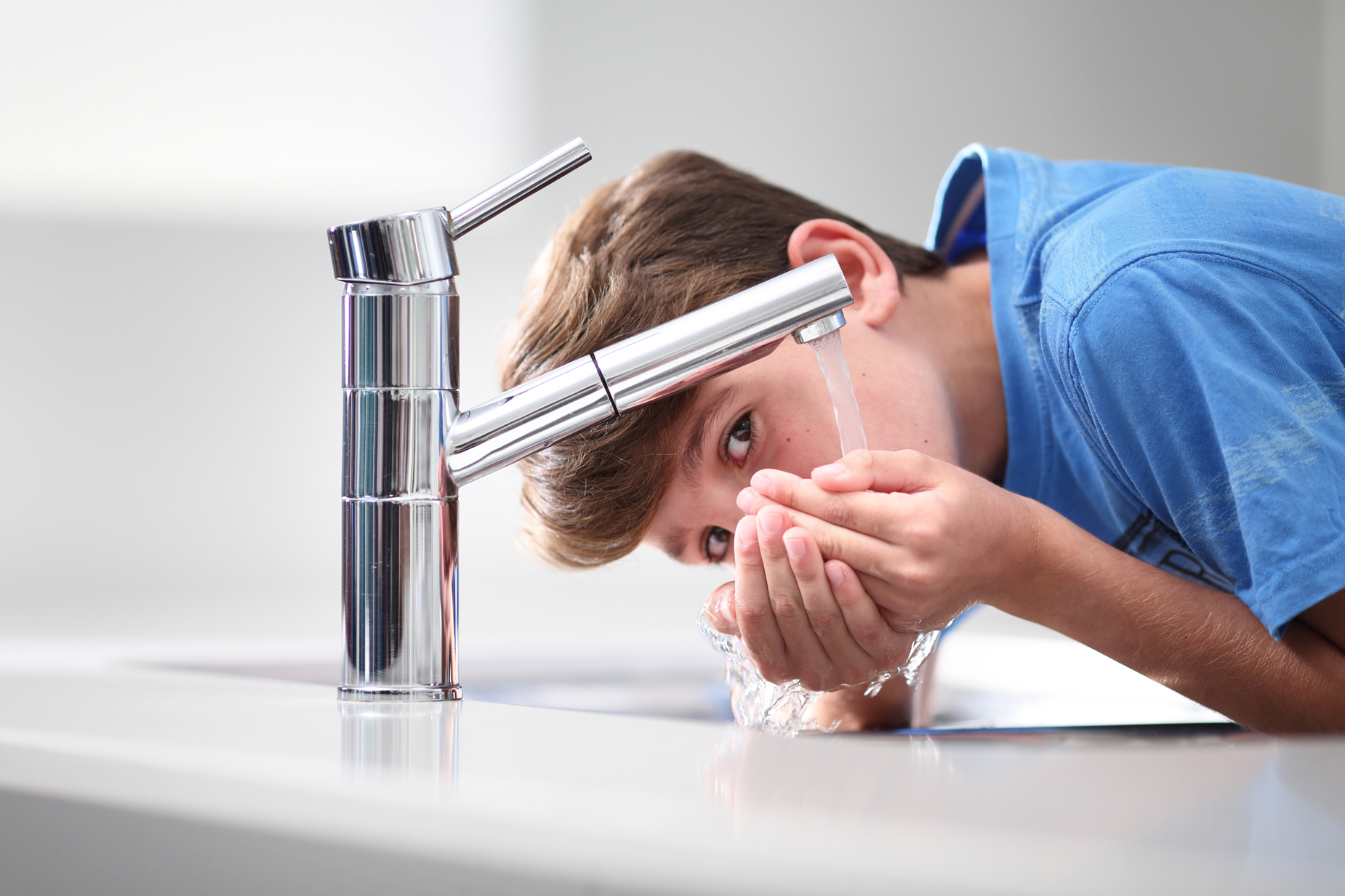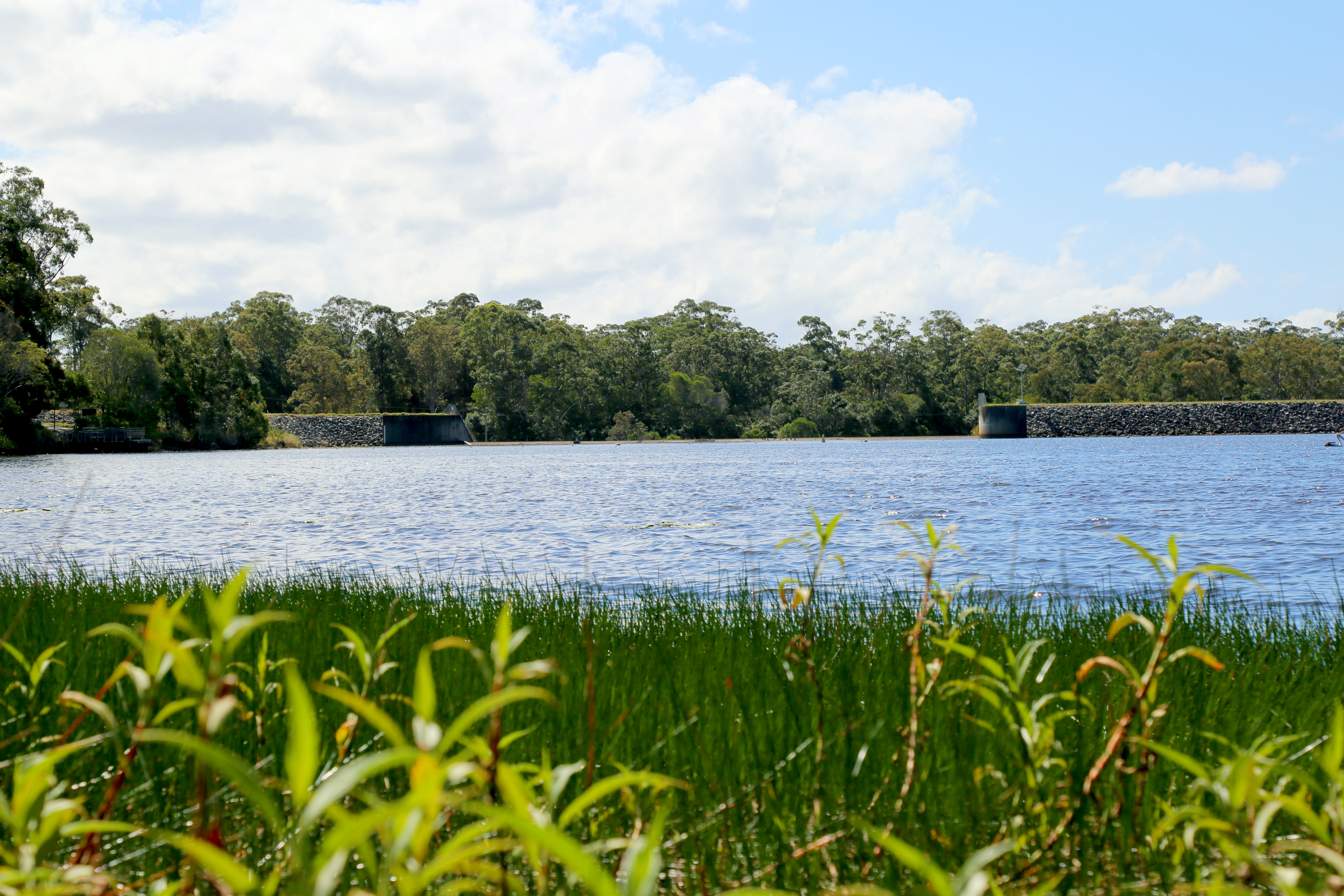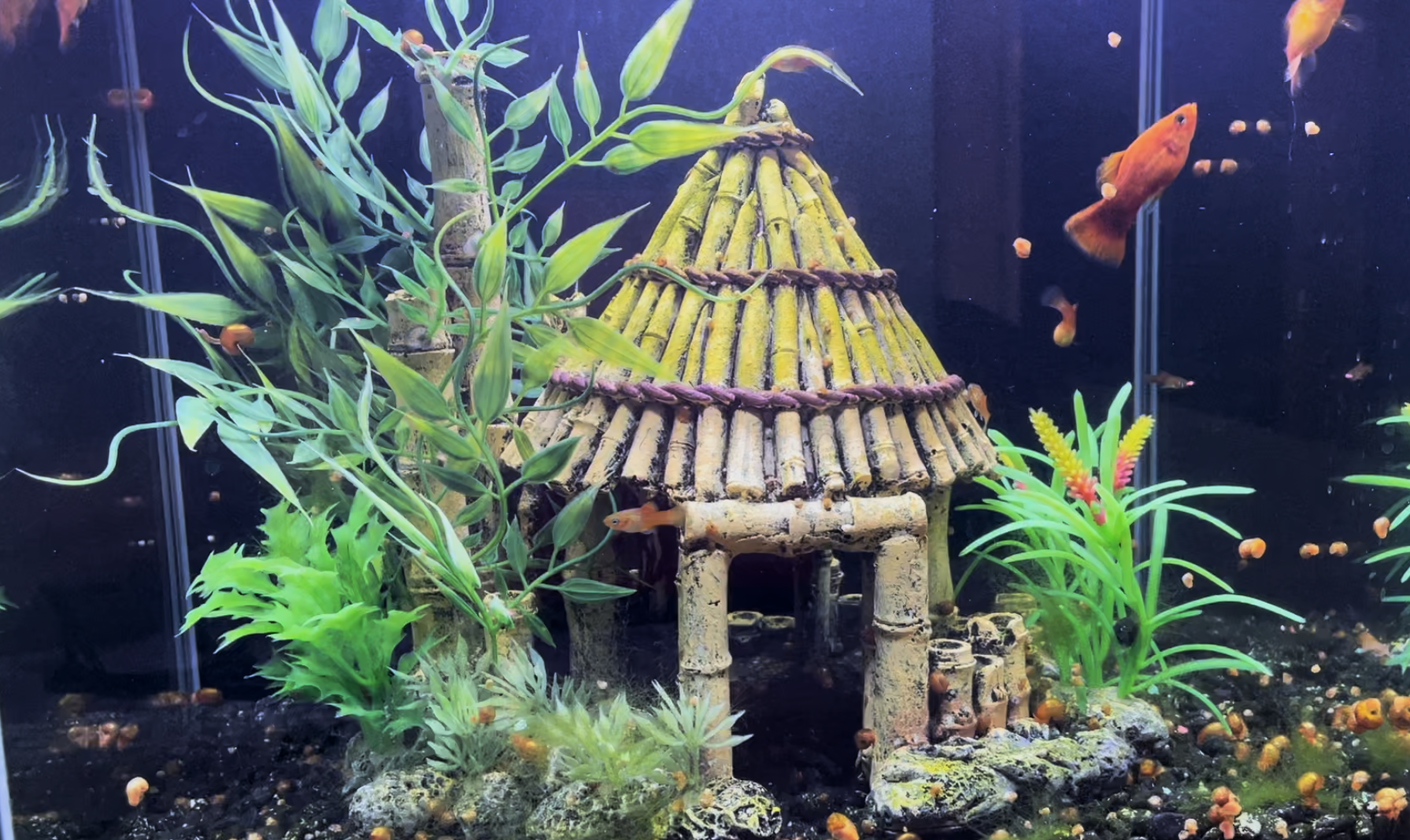Where does my water come from?
A large portion of the Moreton Bay region's drinking water is stored in Seqwater’s North Pine Dam (Lake Samsonvale) prior to treatment.
The water stored in North Pine Dam is pumped directly to the North Pine Water Treatment Plant when needed.
Seqwater operates an integrated water network called the SEQ Water Grid. This means that sometimes your water may also come from other parts of the region including Baroon Pocket Dam on the Sunshine Coast and Wivenhoe Dam on the Brisbane River.
(Excluding Bli Bli, Eumundi, Nambour, Twin Waters, Mudjimba, Coolum, Yandina and Peregian Springs)
Most of the Sunshine Coast’s drinking water supply comes from Baroon Pocket Dam (Lake Baroon) and the Ewen Maddock Dam. The raw water is treated at the Landers Shute Water Treatment Plant and the Ewen Maddock Water Treatment Plant.
Seqwater operates an integrated water network called the SEQ Water Grid. This means that sometimes your water may also come from other parts of the region including North Pine Dam, north of Brisbane, and Lake Macdonald Dam and the Mary River in Noosa.
(Including Bli Bli, Eumundi, Nambour, Twin Waters, Mudjimba, Coolum and Peregian Springs)
Your water usually comes from three interconnected dams on the South Maroochy River – Cooloolabin, Poona and Wappa dams. The water stored in these dams is piped to the Image Flat Water Treatment Plant when needed.
Seqwater operates an integrated water network called the SEQ Water Grid. This means that sometimes your water may also come from other parts of the region including Baroon Pocket Dam on the Sunshine Coast and North Pine Dam, near Brisbane.
Your water comes from three interconnected dams on the South Maroochy River – Cooloolabin, Poona and Wappa dams. The water stored in these dams is piped to the Image Flat Water Treatment Plant when needed.
Yandina customers are not connected to Seqwater's SEQ Water Grid and can only receive bulk water treated from the Image Flat Water Treatment Plant.
The Noosa region usually receives a blended water supply from Lake Macdonald Dam and the Mary River, which is supplemented with releases from Borumba Dam at Imbil.
This water is pumped to the Noosa Water Treatment Plant near Lake Macdonald Dam for treatment when needed.
Seqwater operates an integrated water network called the SEQ Water Grid. This means that sometimes your water may also come from other parts of the region including Baroon Pocket Dam on the Sunshine Coast and North Pine Dam, near Brisbane.
The Northern Pipeline Interconnector (NPI) forms part of the SEQ Water Grid, a 600 kilometre reverse-flow network that enables Seqwater to move drinking water to where it is needed most; from the Sunshine Coast to greater Brisbane, to Redlands and south to the Gold Coast.
Changing the flow direction of the bulk water supply pipelines:
- is part of normal operations at Seqwater to best manage water supply levels
- keeps the SEQ Water Grid operating efficiently
- delivers a safe, secure and cost-effective drinking water supply to South-East Queensland.
Please keep in mind...
- Every water source has its own distinct taste and odour as a result of catchment area characteristics and local water treatment processes.
- Raw water sources differ from location to location, so there can be slight variations in the taste and smell throughout our region.
- You may notice the taste and odour of your tap water at home is slightly different. No matter the difference, our tap water continues to meet the strict health requirements of the Australian Drinking Water Guidelines 2011.
- Seqwater is continuing to work with Unitywater to reduce noticeable differences in taste and odour.
Seqwater's role in ensuring a safe and reliable water supply for South East Queensland
Did you know?
- Unitywater was the first distributor-retailer in South East Queensland to achieve ISO 22000 certification for its Drinking Water Management System. This is an international certification giving you additional assurance that we provide safe drinking water to your tap.
- We have more than 200 water sampling facilities located throughout our network.



